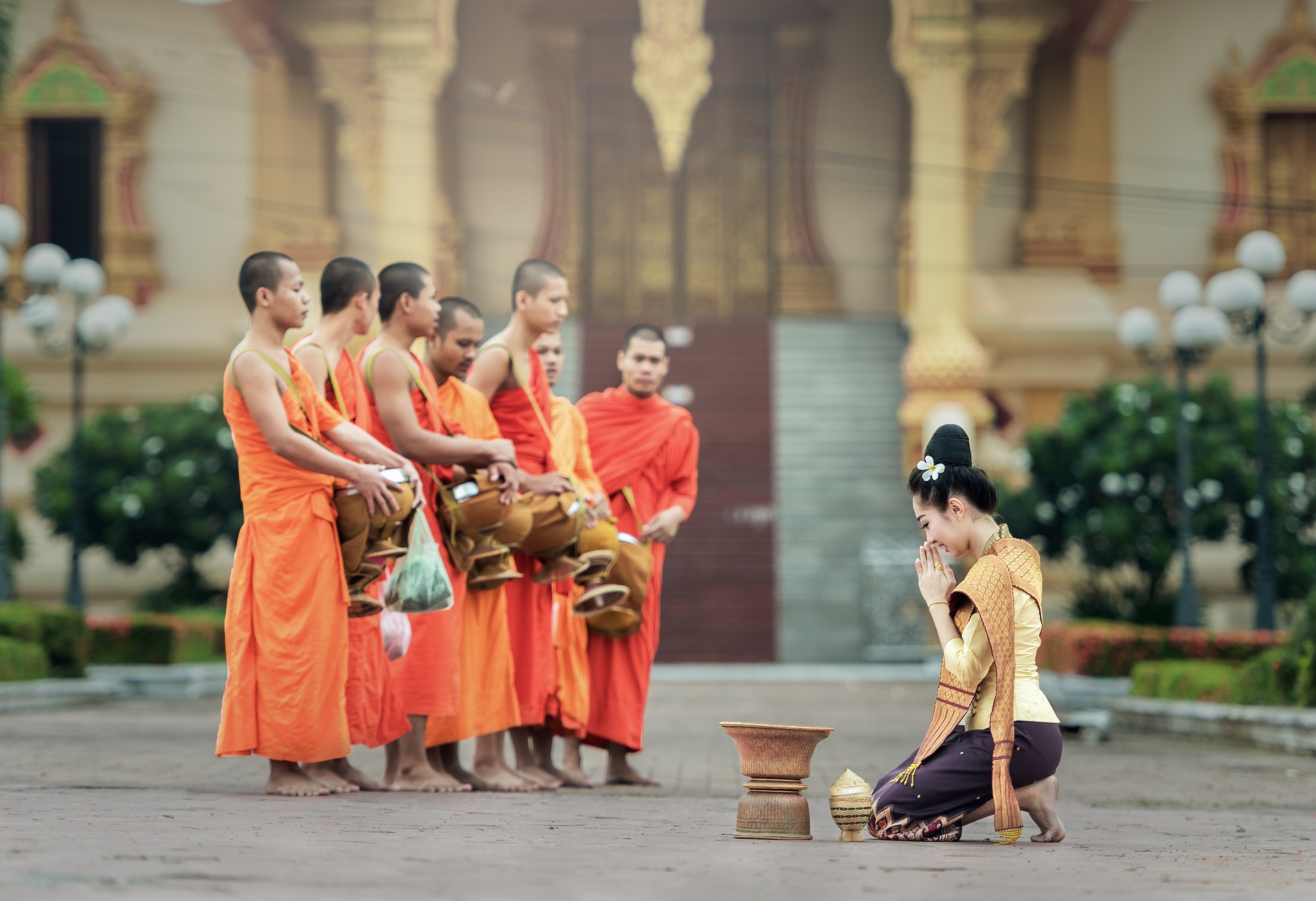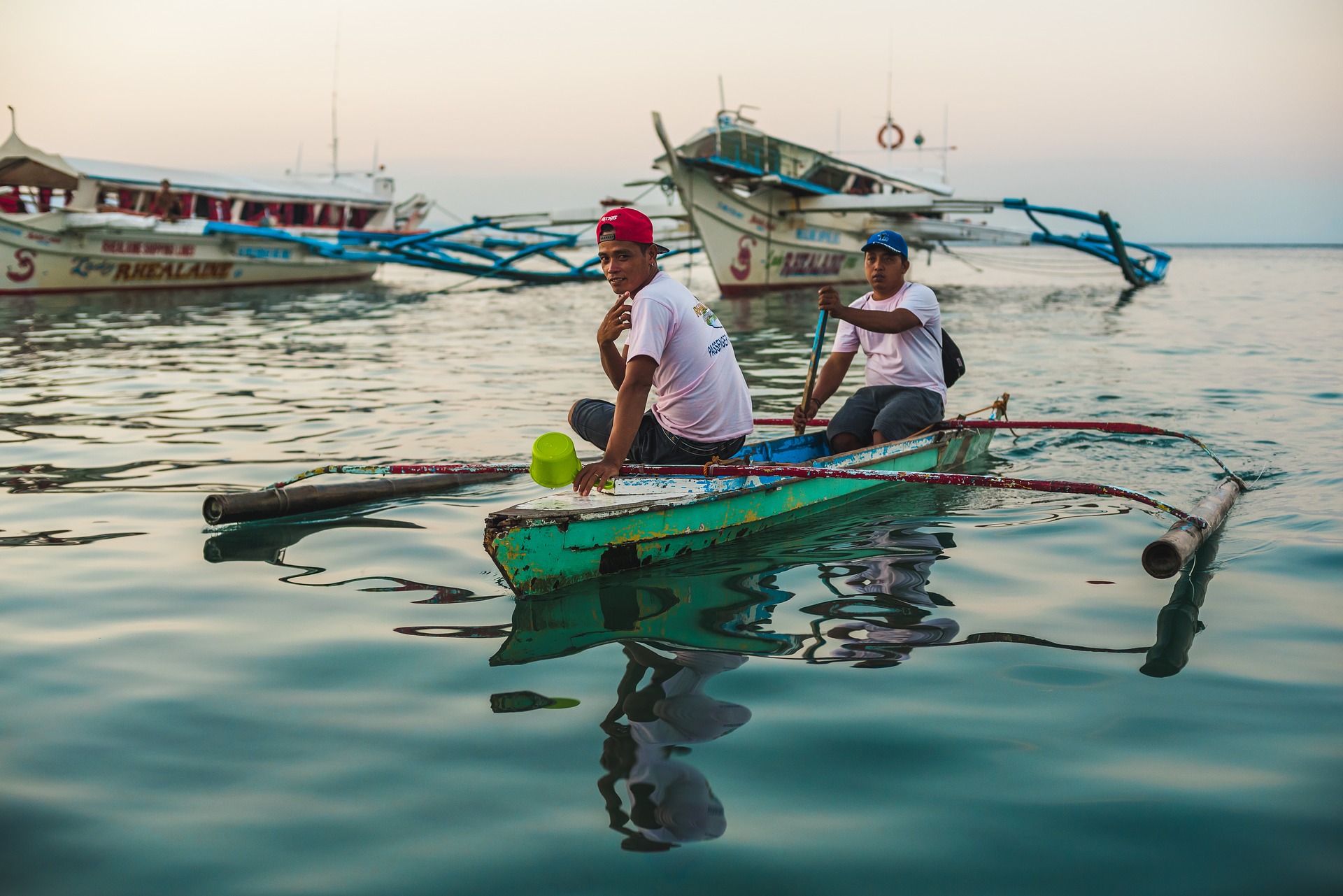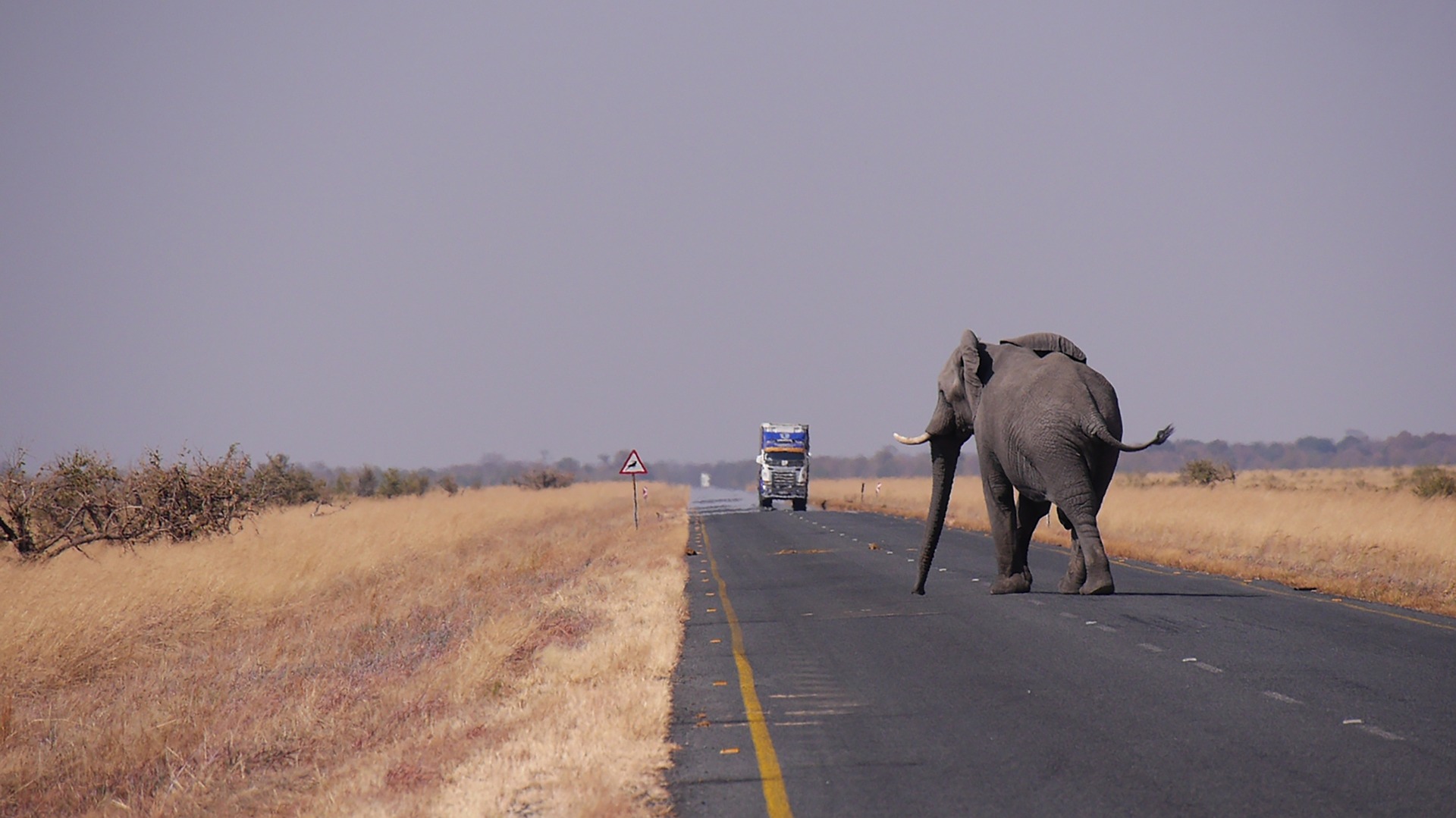Today we have teamed up with Compare&Choose to bring you polite ways to greet someone from a different culture!
Japan
おはよう ございます
お早う御座います
Ohayō gozaimasu
Good morning
こんにちは
今日は
Konnichiwa
Hello / Good day
こんばんは
Konbanwa
Good evening
おやすみ なさい
Oyasumi nasai
Good night
In Japenese culture, appropriate greetings are very important. Japanese culture is more formal and so greeting someone is a way of showing respect. Japanese tend to bow when greeting someone – informal (15-degree angle), formal (30-degree angle) and very formal (30+-degree angle). It’s common courtesy to greet each person individually even in groups, i.e. when greeting a group of four, say the appropriate greeting and then bow four times.
Thailand

Depending on your gender, you’ll either use ‘Sawatdee-krap’ (for men) or Sawatdee-kah (for women). Amongst Thais, they use “wai” to greet each other. While tourists and foreigners are not expected to initiate the gesture, it is considered rude not to return it. If “wai” greeting is not initiated towards you, a handshake with a man and a nod and a smile towards a woman are considered appropriate. You’re allowed to initiate “wai” only towards an equal or someone of greater status otherwise you should wait for a “wai” first.
To properly perform “wai greeting” put your palms together with fingers extended (about chest height) and bow slightly. The higher you hold your hands, the more respect it shows, however, never above eye level.
“Wai” can mean many things – “Hello,” “Thank you,” “I’m sorry,” or “Goodbye”.
France

To not be labelled as ‘rude tourist’ there is a level of art and consideration that goes into greeting someone French. When entering any establishment, always welcome them. And when leaving make sure you say “au revoir” (goodbye).
When meeting someone new in France, there are three appropriate greetings:
– shake hands with strangers;
– kiss on the cheek with friends, acquaintances and family members;
– say “bonjour” (hello, good morning) or “bonsoir” (good evening).
If you’re a man, you only kiss people of the opposite sex; however, that is a general rule and exceptions apply as French are more about establishing boundaries and building up the level of intimacy.
Hugging is only reserved to close friends and family. If kissing is too awkward for you don’t opt for a hug as that will be equally as uncomfortable for the French person unless they’re a close friend. Hugs are considered too intimate in France, in fact, there is no word for ‘hug’ in French, the closest word is ‘câlin’ that implies a romantic meaning of a ‘cuddle’.
Philippines

Philipinos are world famous for their hospitality. When conversing avoid:
– showing or pointing to the soles of your feet as those are considered unclean;
– touching someone’s head as that is deemed to be sacred.
When greeting someone handshakes are common; however, these need to be soft handshakes. Firm handshakes are not considered asserting or establishing dominance. Kissing as a part of greeting are deemed inappropriate and so are pats on the shoulder or touching shoulder unless you have a close relationship with the person. Raising your voice, shouting or acting out of control is considered shameful, to avoid embarrassment Filipinos laugh off uncomfortable situations.
An English greeting of ‘hello’ is generally understood and appropriate at first; however, as you make friends with locals you’re expected to learn to greet them in the local tongue.
Botswana

The Botswanian shake might seem strange to most but it’s essential for coming across welcoming and pleasant. Starting conversations without pleasantries first is considered offensive. Start by saying “dumela rra” (doo-meh-lah rah) to a man or “dumela mma” (doo-meh-lah mah) to a woman – this is your simple hello. Follow that greeting with a specific handshake:
– extend your right arm and place your left arm under your right elbow;
– lightly clasp your right hand as you would normally;
– change the grip so your thumb interlocks with the other persons – kind of like in arm wrestling;
– keep your shake at a waist level;
– keep your left hand holding your right elbow from the bottom;
– return the handshake position and say “Le kae?” (lay ky), which means ‘how are you’ in the primary language.




